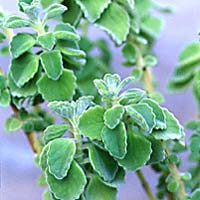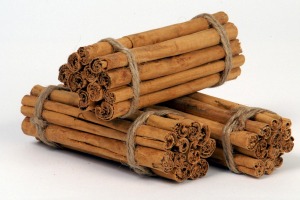
Plants for a Future. (2012). Foeniculum vulgare- Mill. Retrieved from: Plants for a Future: http://www.pfaf.org/user/plant.aspx?LatinName=Foeniculum+vulgare

Biopix. (n.d.). Almindelig Fennikel (Foeniculum vulgare). Retrieved from: Biopix: http://www.biopix.dk/almindelig-fennikel-foeniculum-vulgare_photo-47736.aspx
Latin Binomial: Foeniculum vulgare
Common name: Fennel (Hoffmann, 2003, p. 551)
Family: Apiacae (Hoffmann, 2003, p. 551)
Parts used: Seeds (Hoffmann, 2003, p. 551), Fruit (Rahimi & Ardekani, 2013, p. 73).
Constituents: Volatile oils, Flavonoids, Coumarines (Hoffmann, 2003, p. 551).
Actions:
- Carminative
- Aromatic
- Antispasmodic
- Anti-inflammatory
- Galactagogue
- Hepatic
(Hoffmann, 2003, p. 551)
(Abrams et al, 2013, pp.1-2).
Qualities: In Chinese medicine it is considered to have a hot and dry nature (Rahimi & Ardekani, 2013, p. 73).
Indications
- Remedy to relieve stomach and intestinal discomfort such as flatulence and colic (Hoffmann, 2003, p. 551).
- Due to its aromatic properties, it has the potential to aid in stimulating appetite as well as digestions (Hoffmann, 2003, p. 551).
- Foeniculum vulgare may be used externally, its essential oils aiding in muscular and rheumatic discomfort (Hoffmann, 2003, p. 551).
- Externally, an infusion used as a compress has also seen successful in treating disease of the eye, such as conjunctiveitis (Hoffmann, 2003, p. 551).
- Helpful in relieving nausea and vomiting (Rahimi & Ardekani, 2013, p. 73)
- Potentially for kidney and bladder disease due to its diuretic action (Rahimi & Ardekani, 2013, p. 73).
Preparation & Dosage
Tincure: 1-2mL tds
Infusion: 1-2 tsp/cup tds
(Hoffmann, 2003, p. 551)
Cautions
- According to secondary sources, Foeniculum vulgare may potentially interfere with various blood and heart medications, hormone therapy, various antibiotics, and diabetes medication, and therefore when administering treatment the treatment of the individual should be taken into account and considered with medical advice (Abrams et al., 2013).
- Potential iron ion-chelating activity (Abrams et al., 2013).
Contradictions
Oral supplementation is not recommended during pregnancy or lactation. Contradictions apply with known allergy to fennel or other members of the apiaceae family. Not recommended in the case of certain severe respiratory conditions. May be contradicted in the case of fennel aromatherapy in the case of epilepsy (Abrams et al., 2013).
REFERENCE
Abrams, T., Conquer, J., Giese, N., Hackman, D., Issac, R., McLean, A., Miranda, M., Rusie, E., Ulbricht, C., Welch, S., & Windsor, R. (2013). Fennel (Foeniculum vulgare). Natural Standard Professional Monograph. Retrieved from: http://www.naturalstandard.com.ezproxy.think.edu.au/databases/herbssupplements/fennel.asp?
Hoffmann, D. (2003). Medical Herbalism: The Science and Practice of Herbal Medicine. Rochester Vermont: Healing Arts Press.
Rahimi, R. and Ardekani, M. (2013). Medicinal Properties of Foeniculum Vulgare Mill. in Traditional Iranian Medicine and Modern Phytotherapy. Chinese Journal of Intergrative Medicine, 19(1), 73-79.



